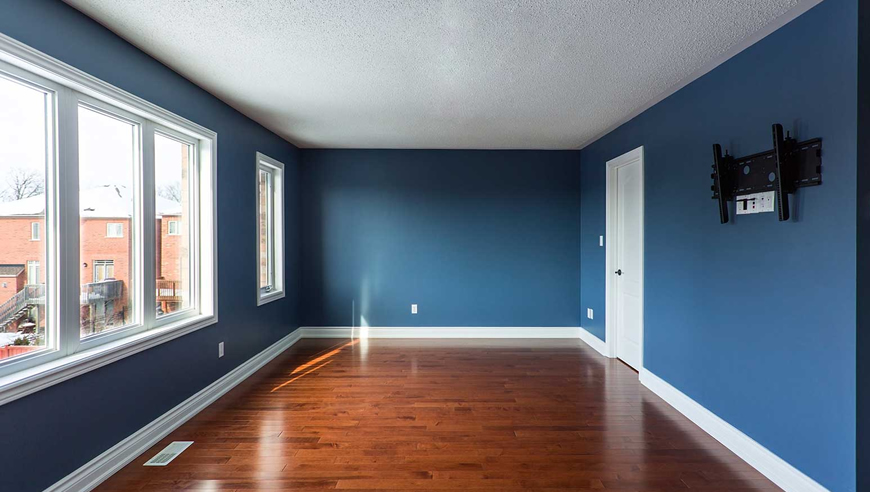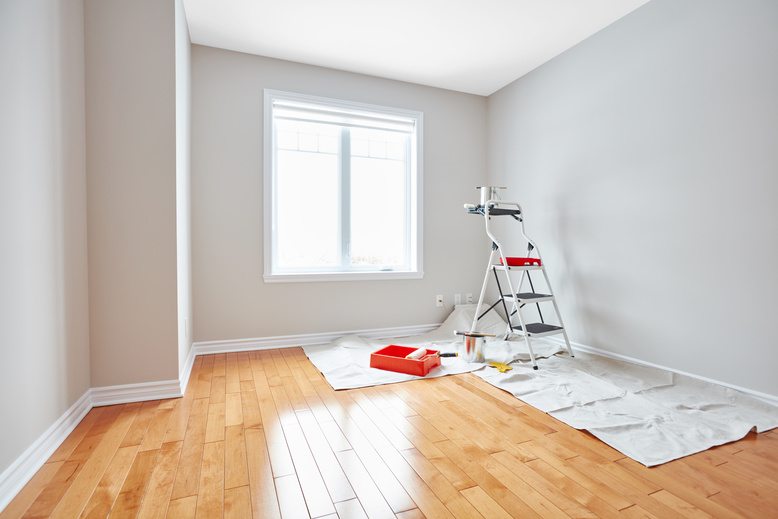Color Consultation in Lakewood: Expert Advice for Perfectly Coordinated Interiors
Color Consultation in Lakewood: Expert Advice for Perfectly Coordinated Interiors
Blog Article
Enhance Your Interior Decoration With Comprehensive Color Examination
The integration of color appointment right into interior design presents an one-of-a-kind possibility to fine-tune and raise the psychological and aesthetic resonance of a room. By engaging with a seasoned shade expert, you can navigate the complexities of shade choice, guaranteeing that your selections not just complement building attributes however also reverberate with personal design and mental impact.
Advantages of Color Consultation

Moreover, color examination help in making the most of all-natural light and maximizing spatial perception. Lighter colors can make an area show up even more large, while darker shades create an intimate setting. Cleveland Metro Painting Specialists. This tactical application of shade can substantially affect the total ambiance of any interior space
Additionally, expert specialists possess a detailed understanding of existing fads and classic standards, making sure that the picked shades will certainly stay attractive gradually. This foresight can save clients from costly redesigns in the future. Shade examination equips clients by providing them with a clear vision and direction, promoting confidence in their style options and ultimately leading to a more successful and enjoyable indoor design outcome.
Recognizing Color Psychology
The significance of shade psychology in interior design can not be overemphasized, as it explores the psychological and psychological effects that different shades can stimulate in individuals. Shades can influence state of mind, habits, and even performance, making them a vital consideration in any kind of design job.
As an example, warm shades such as red, orange, and yellow are frequently linked with energy and heat. They can stimulate sensations of excitement and convenience, making them suitable for social areas like living rooms or kitchen areas. Alternatively, great shades like blue, eco-friendly, and purple often tend to evoke peace and tranquility, making them optimal for bedrooms or meditation locations.
Additionally, using neutral tones can develop a balanced atmosphere by enabling the bolder shades to stand apart without frustrating the detects. Understanding these mental influences enables designers to produce rooms that not just look aesthetically pleasing but likewise advertise psychological well-being.
Incorporating color psychology right into indoor layout involves a thoughtful selection of shades customized to the desired feature of each room, ultimately enhancing the general experience for its passengers. This recognition is critical for achieving a harmonious and functional interior atmosphere.
The Color Wheel Described
Comprehending the partnerships in between colors is crucial for reliable interior decoration, and the shade wheel offers as an important device in this process. The shade wheel, established by Isaac Newton in the 17th century, highlights the spectrum of colors set up in a circular style. It makes up primaries-- red, blue, and yellow-- that can not be produced by mixing other shades. Second shades, created by incorporating key shades, consist of eco-friendly, orange, and purple. Tertiary colors result from blending a key and an additional color, resulting in shades such as red-orange and blue.
The color wheel aids developers understand the relationships in between colors, including corresponding, comparable, and triadic schemes. Corresponding colors, located opposite each other on the wheel, produce dynamic contrasts that can invigorate an area. Analogous shades, located beside each other, provide a unified and cohesive appearance. Triadic systems utilize 3 evenly spaced colors, offering balance and visual interest.
Utilizing the color wheel in interior decoration not only boosts visual appeal yet likewise stimulates particular emotions and ambiences, making it an essential referral for shade consultation. Understanding these connections inevitably empowers developers to produce spaces that are both aesthetically exciting and practical.
Picking the Right Combination
An appropriate shade scheme can merge a room, improve its functions, and evoke preferred emotions. Different areas offer different features and need schemes that reflect their intended use; for instance, serene shades such as soft blues or eco-friendlies function well in bed rooms, promoting relaxation.
Light can substantially change just how shades show up, so it is crucial to examine the area at various times of the day. An unified scheme ought to complement these attributes, producing a cohesive appearance throughout the space.
When picking colors, utilize the 60-30-10 policy, which a knockout post suggests that 60% of the space should be a leading shade, 30% a secondary color, and 10% an accent shade. This ratio ensures equilibrium and visual passion (Cleveland Metro Painting Specialists). Lastly, example colors on the wall surfaces before devoting, as this enables you to More about the author see just how the shades communicate with each other and the general ambiance they produce in your interior decoration task.
Functioning With a Color Expert

When collaborating with a shade professional, the procedure typically begins with an initial consultation. During this meeting, you'll discuss your vision, choices, and the existing components in your room. The professional will analyze your demands and might suggest certain color combinations that align with your goals.
After establishing an instructions, the professional will certainly supply samples and visual aids to aid you picture the recommended color design. This step is crucial, as shades can show up in a different way under varying lighting problems.
In addition, a color specialist can guide you in picking corresponding furnishings, artwork, and devices to balance with your chosen scheme. By teaming up carefully, you can achieve a polished aesthetic that elevates your insides and produces a welcoming environment. Ultimately, the proficiency of a shade specialist can significantly boost the general impact of your style project.
Verdict
In summary, thorough color examination offers as an essential tool for boosting interior design. By leveraging expert understanding of color psychology and spatial characteristics, a customized color combination can be established to stimulate specific emotions and develop an unified setting.
By involving with an experienced color specialist, you can navigate the complexities of color selection, making sure that your selections not only complement architectural features however likewise reverberate with personal style and mental influence. It makes up key shades-- red, blue, and yellow-- that can not be developed why not try these out by mixing other shades.The shade wheel helps developers understand the relationships between shades, including complementary, comparable, and triadic plans.When picking colors, utilize the 60-30-10 policy, which suggests that 60% of the area must be a dominant shade, 30% a secondary shade, and 10% an accent shade. By leveraging professional expertise of color psychology and spatial characteristics, a customized shade palette can be established to evoke specific emotions and create an unified environment.
Report this page